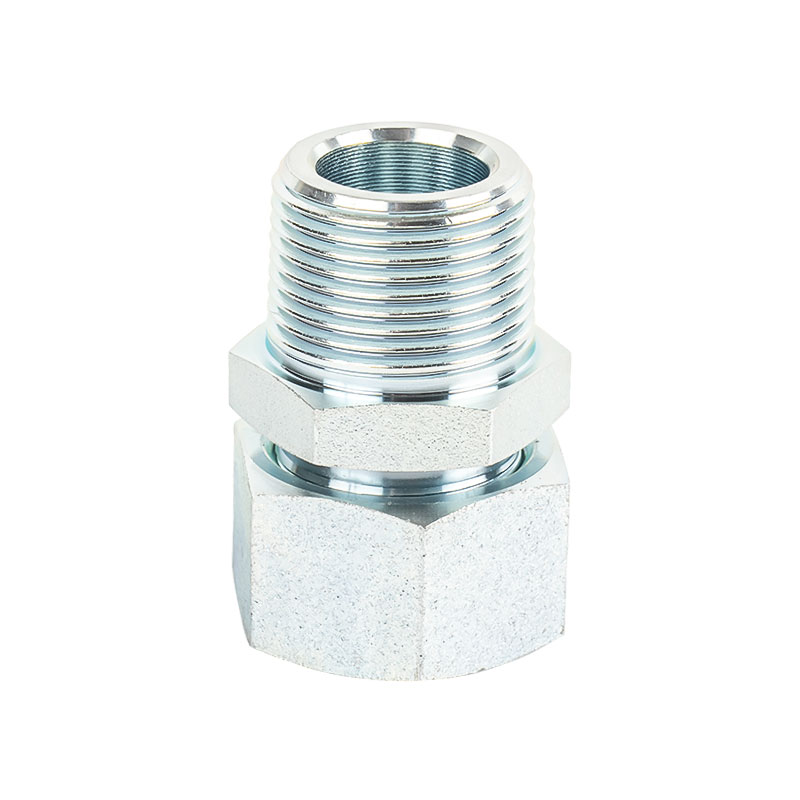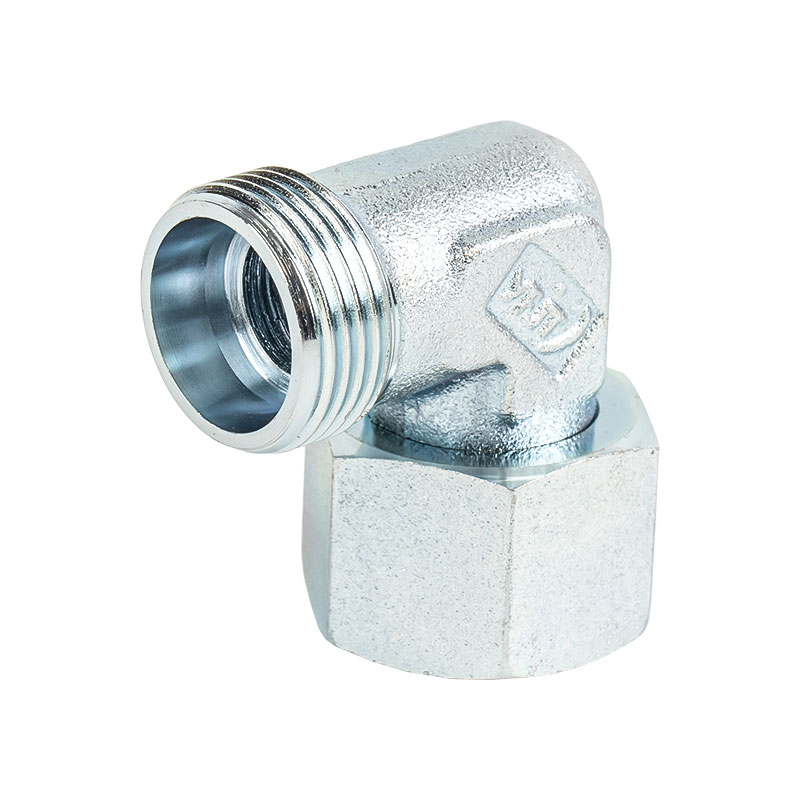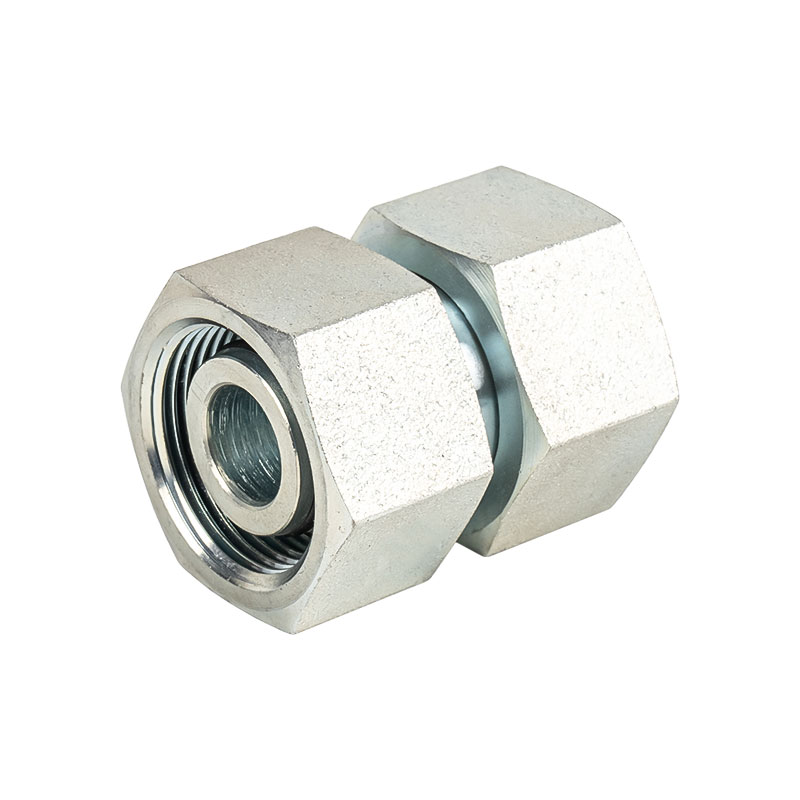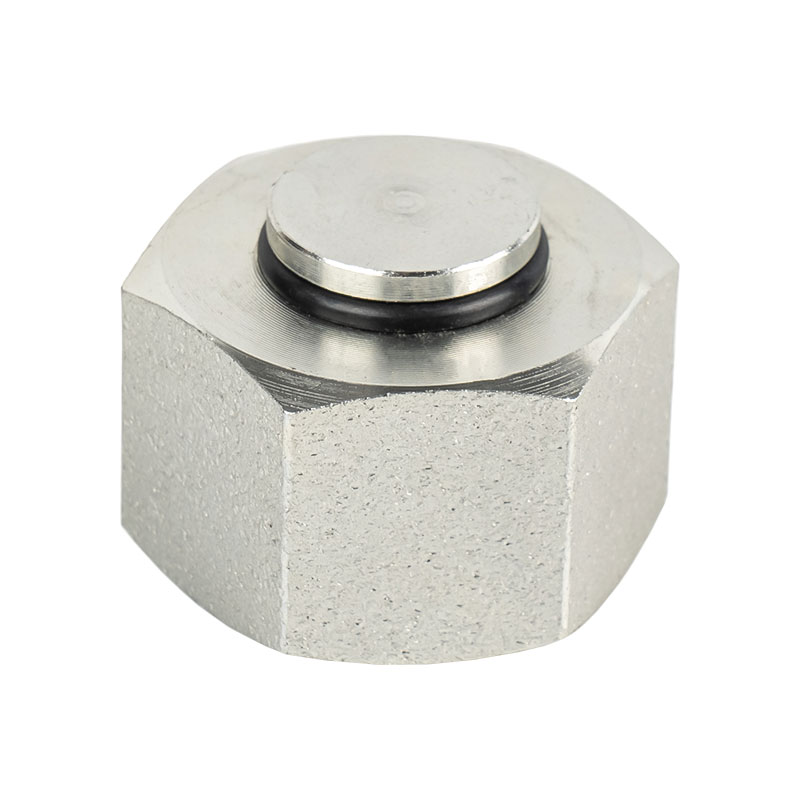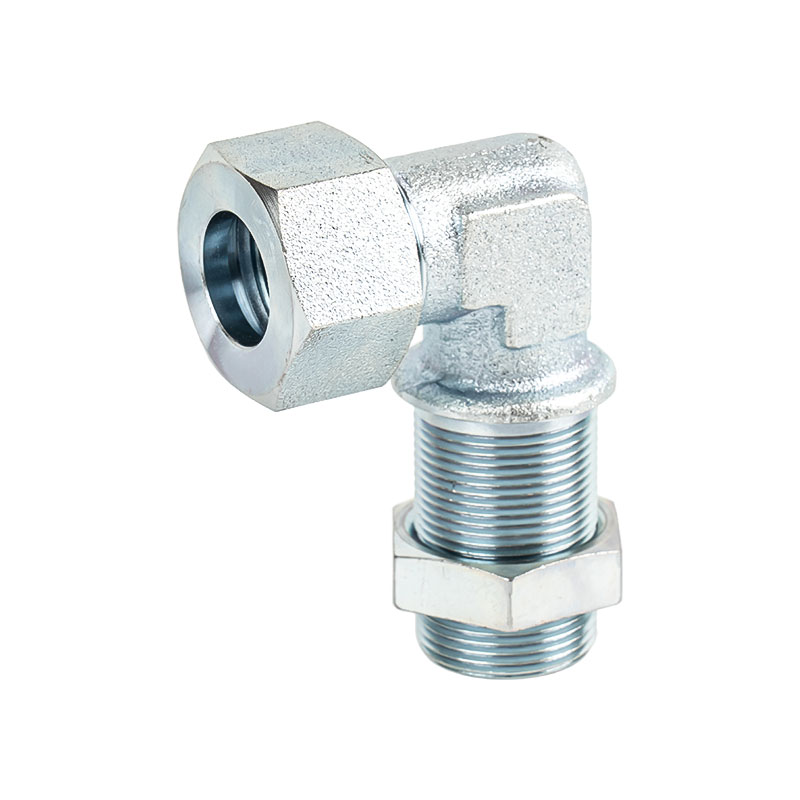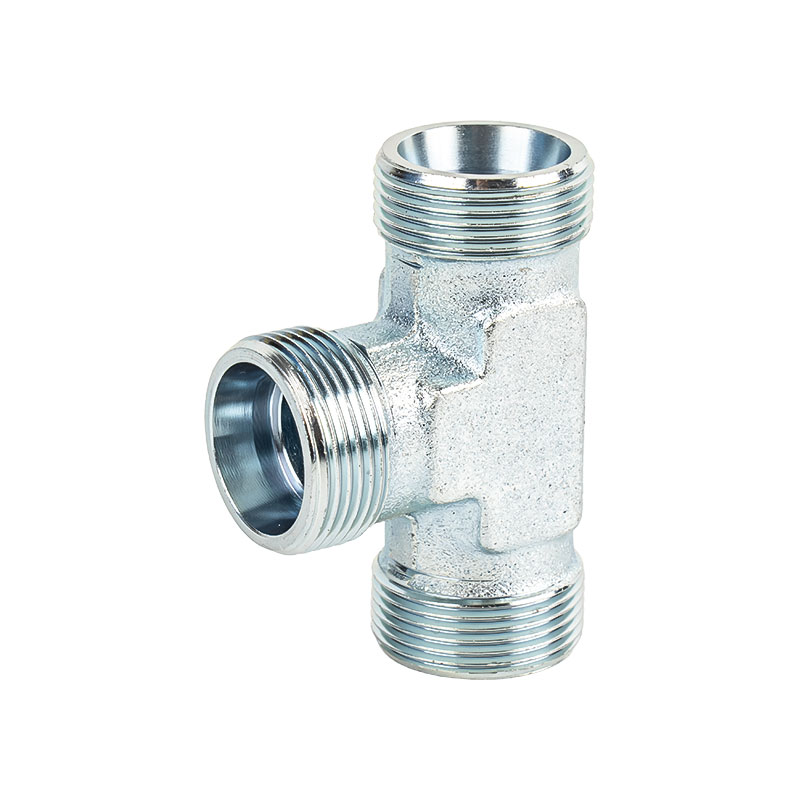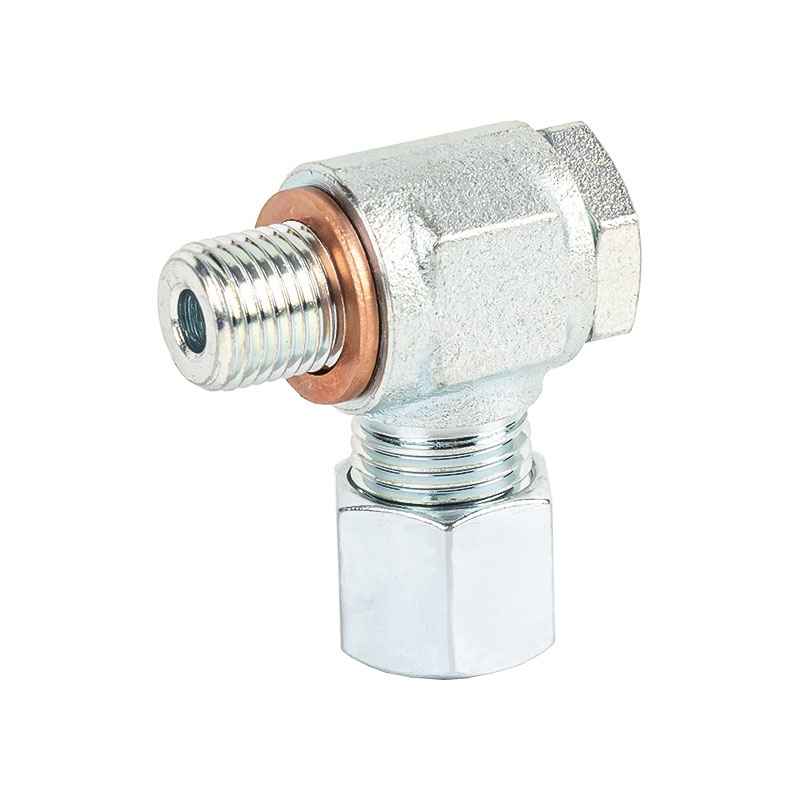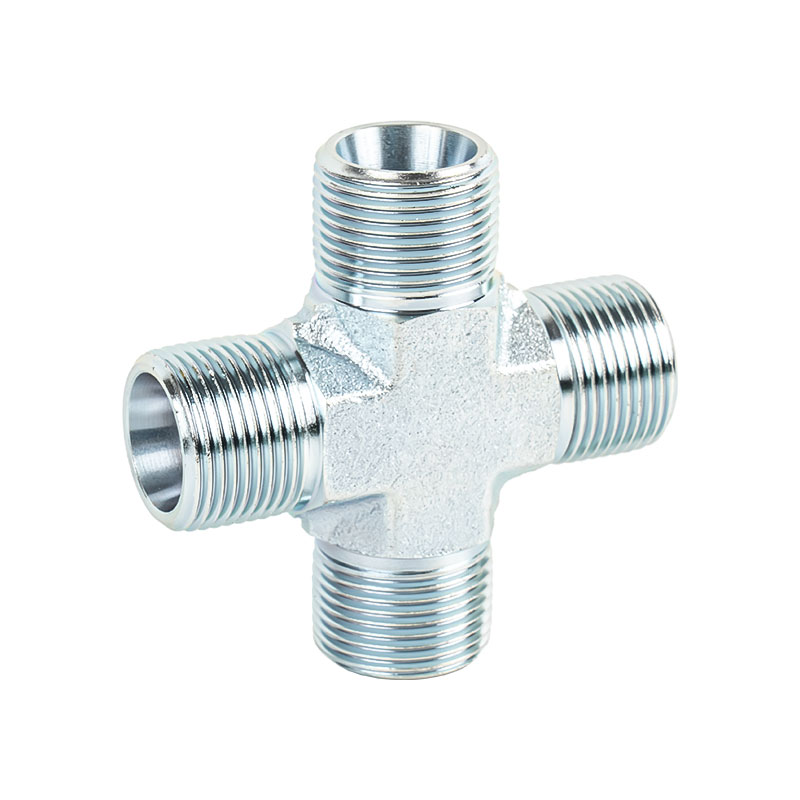Definition and Features of Universal Adapter Fittings
Universal adapter fittings refer to power adapters or interface conversion fittings that can adapt to a variety of devices. Its main features include:
*Supports multiple output voltages and current levels to meet the power supply needs of different devices.
*Equipped with multiple types of plugs or interfaces, compatible with mainstream devices on the market.
*The design emphasizes portability and flexibility, suitable for multi-device users and travel.
These designs make universal adapters very convenient to use, but also bring challenges to safety and device protection.
Possible risks of using universal adapters
1. Voltage mismatch risk
Different devices have strict voltage requirements. If the output voltage of the universal adapter exceeds the design range of the device, it may cause circuit damage and component burnout. On the contrary, too low voltage may prevent the device from starting normally or run unstably.
2. Insufficient current supply or overload
When the adapter current output is insufficient, the device load is too large, the adapter overheats or even damages; while excessive current generally does not directly damage the device, but may cause safety hazards in some cases.
3. Poor interface contact
Due to the diversity of interfaces, the universal adapter may have loose plugs or poor contact, resulting in unstable power supply and affecting the normal operation of the device.
4. Lack of safety protection mechanism
Some low-priced universal adapters lack overvoltage, overcurrent, and short-circuit protection, which poses a safety hazard when used and may pose a threat to the device and the user.
5. Compatibility issues
Some devices require specific protocols or chip certification to charge or work normally. If the universal adapter does not support these protocols, it may cause the device to be unable to recognize or charge inefficiently.
How to avoid damage to the device using a universal adapter
1. Confirm the output parameters of the adapter
Before use, carefully check whether the output voltage and current parameters of the adapter match the device requirements. Generally, the device manual or label will indicate the voltage and current range.
2. Choose regular manufacturers and qualified products
Give priority to products with relevant certifications (such as CE, FCC, UL, etc.), avoid buying low-priced unbranded adapters, and reduce safety risks.
3. Pay attention to the protection function of the adapter
Choose a universal adapter with safety functions such as overvoltage protection, overcurrent protection, and short-circuit protection, which can automatically cut off the power in abnormal situations to protect the safety of the device.
4. Reasonable matching of interface specifications
Ensure that the adapter plug size and polarity are correct to avoid circuit short circuit or reverse damage caused by wrong insertion.
5. Avoid long-term high-load use
Under high-load or high-temperature environments, the working efficiency of universal adapters decreases. Pay attention to arrange the use time reasonably to avoid overheating.
Application scenarios and applicability of universal adapters
Due to their versatility, universal adapters have great advantages in the following scenarios:
* Travel use: Adapt to multi-national plug standards, convenient for carrying multiple devices.
* Emergency replacement: When the original adapter of the device is lost or damaged, quickly replace it.
* Multi-device users: Reduce the number of adapters to improve portability and organization efficiency.
However, for high-precision or special equipment (such as medical equipment, high-end notebooks, professional audio and video equipment), it is recommended to use a dedicated adapter to ensure device performance and safety.

 中文简体
中文简体
